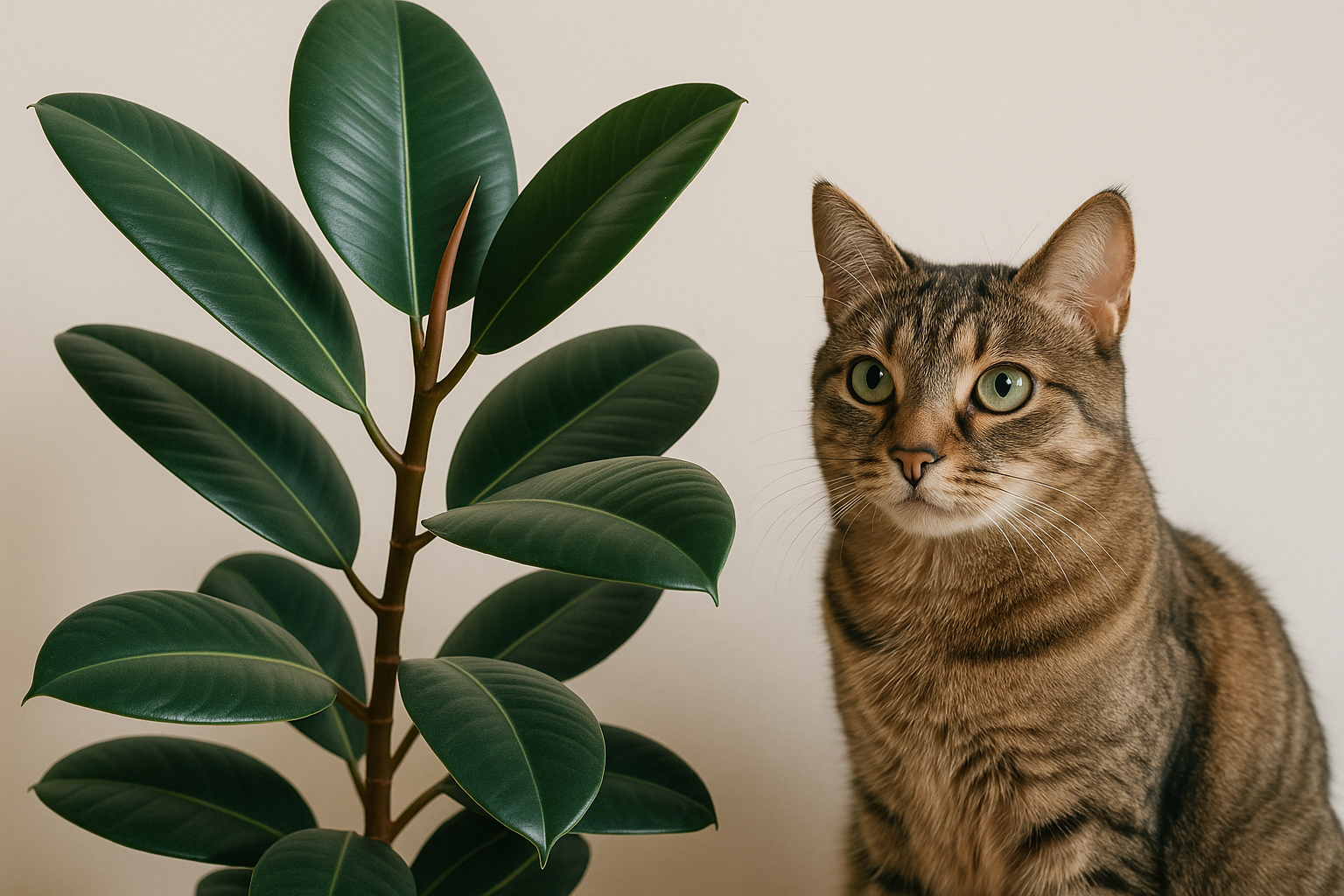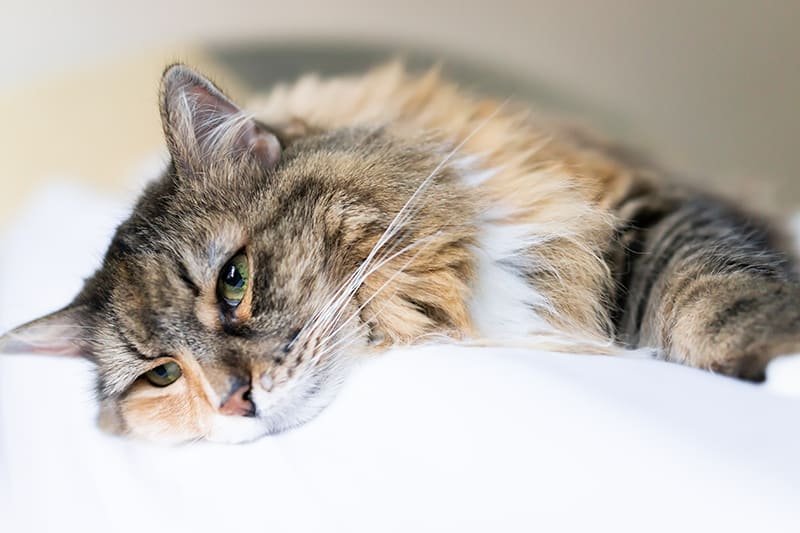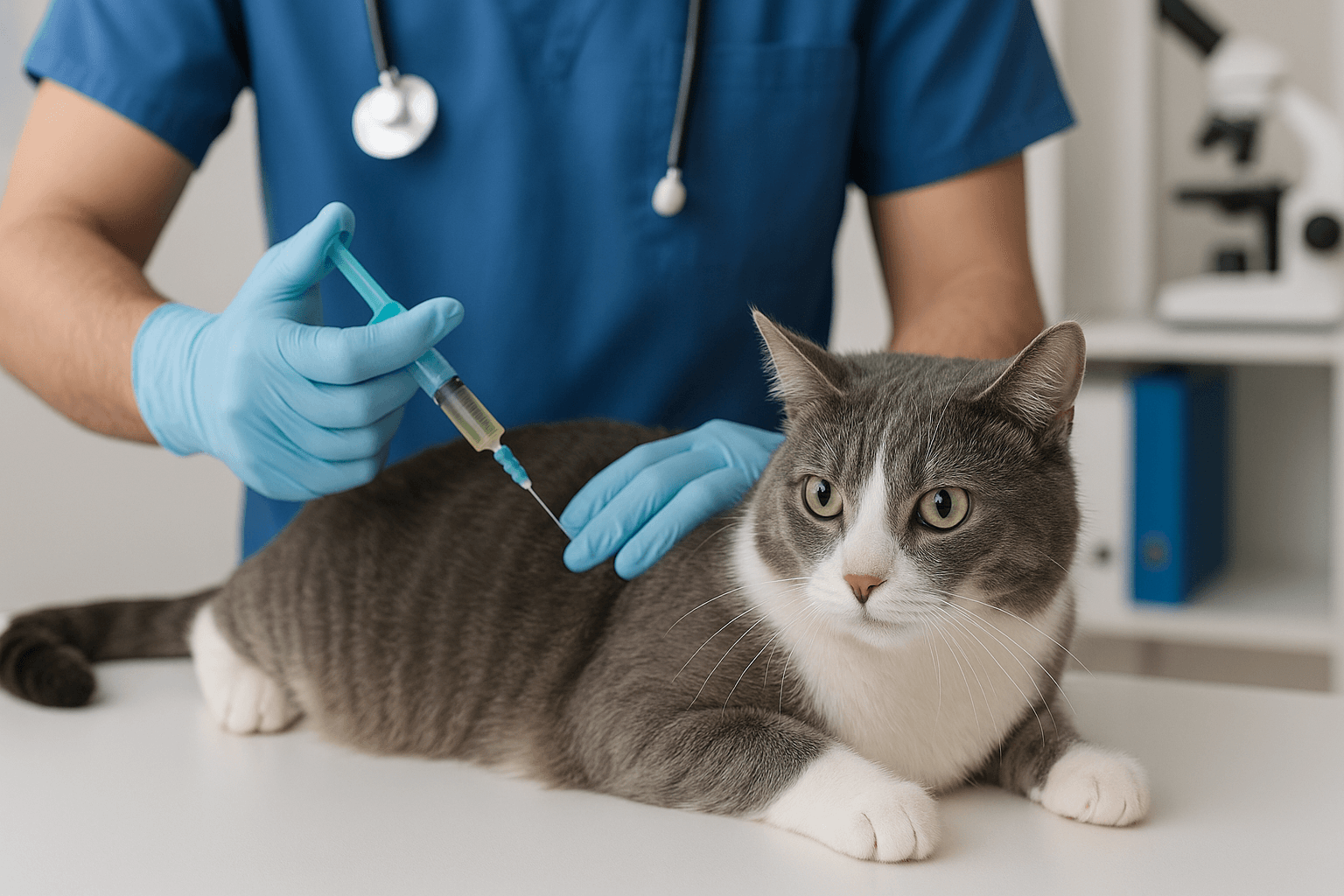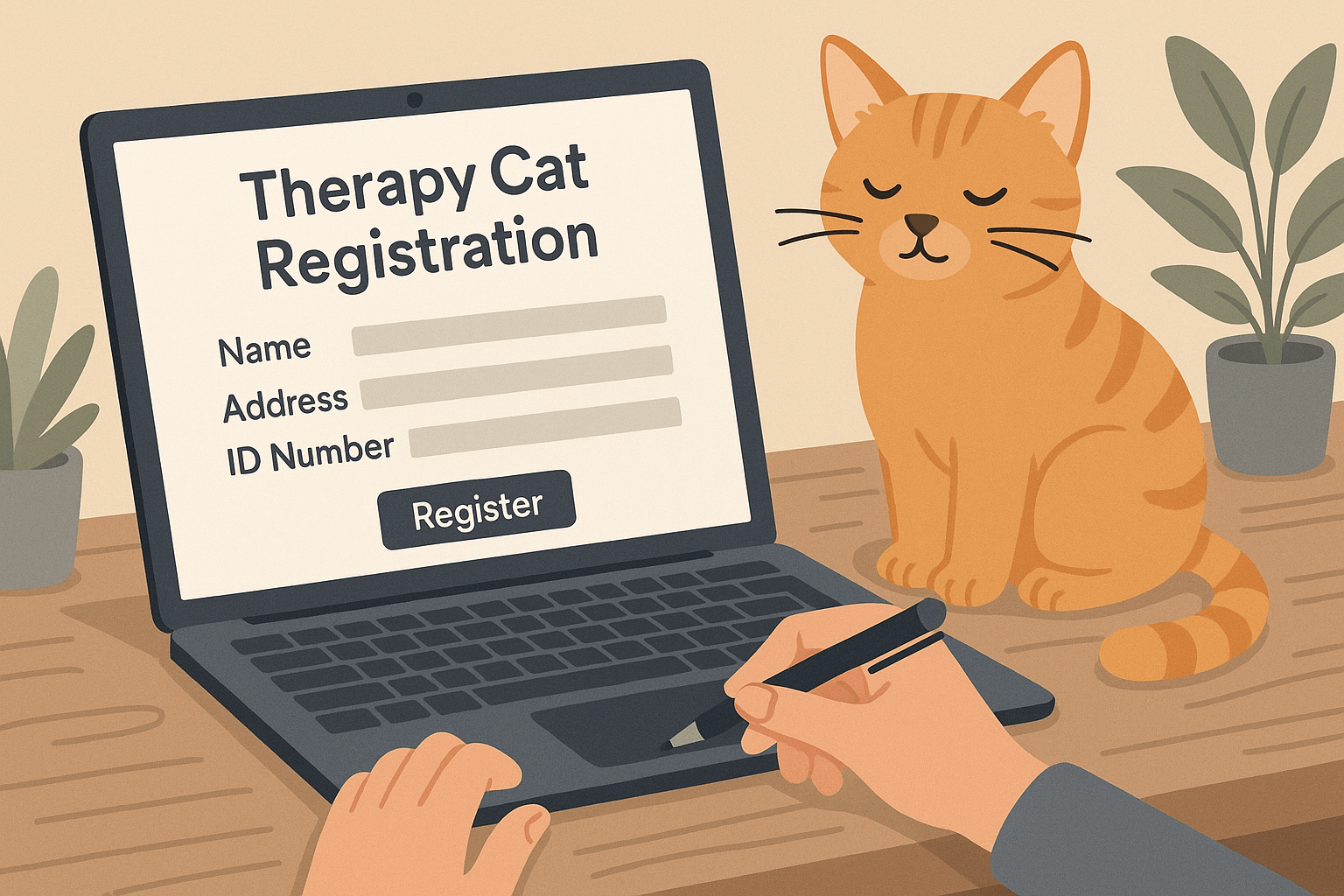How Do Cats Lay When Pregnant? Understanding Their Comfort and Needs
When a cat becomes pregnant, her body undergoes significant changes to accommodate her growing kittens. One noticeable shift is in how she positions herself while resting or sleeping. Observing your pregnant cat’s posture can provide valuable insights into her comfort level, health, and even potential challenges during pregnancy. From seeking cozy spots to adopting unique sleeping positions, cats instinctively adjust their behavior to support their changing bodies. In this blog post, we’ll explore the various ways pregnant cats lay, what these positions mean, and how you can ensure your feline friend feels safe and supported throughout her pregnancy.
Expert Insight
“Pregnant cats have a few special requirements when it comes to general health care. Making sure they have a quiet, comfortable spot in the home is essential to having a successful pregnancy and birth.”
Common Sleeping Positions of Pregnant Cats
Pregnant cats often adopt specific sleeping positions that align with their physical needs and instincts. These positions not only help them stay comfortable but also reflect their maternal instincts. Here are some common postures you might notice:
Curled-Up Position:
The classic curled-up pose allows the cat to conserve heat and protect her belly while resting. This position is especially common as her abdomen grows larger.Side-Lying Position:
As pregnancy progresses, many cats prefer lying on their side. This posture provides relief by distributing weight evenly and relieving pressure on internal organs.Stretched-Out Position:
Some cats stretch out fully, which helps alleviate tension in their muscles and joints. This position may also signal relaxation and trust in their environment.Nesting Behavior:
Pregnant cats often create cozy “nests” using blankets or soft materials before settling down. They may lie low in these nests to feel secure and hidden.Avoiding Pressure on the Belly:
Cats instinctively avoid positions that put direct pressure on their swollen abdomen, opting for more open and supportive postures instead.
These sleeping positions highlight how cats naturally adapt to pregnancy, prioritizing both comfort and safety for themselves and their unborn kittens.
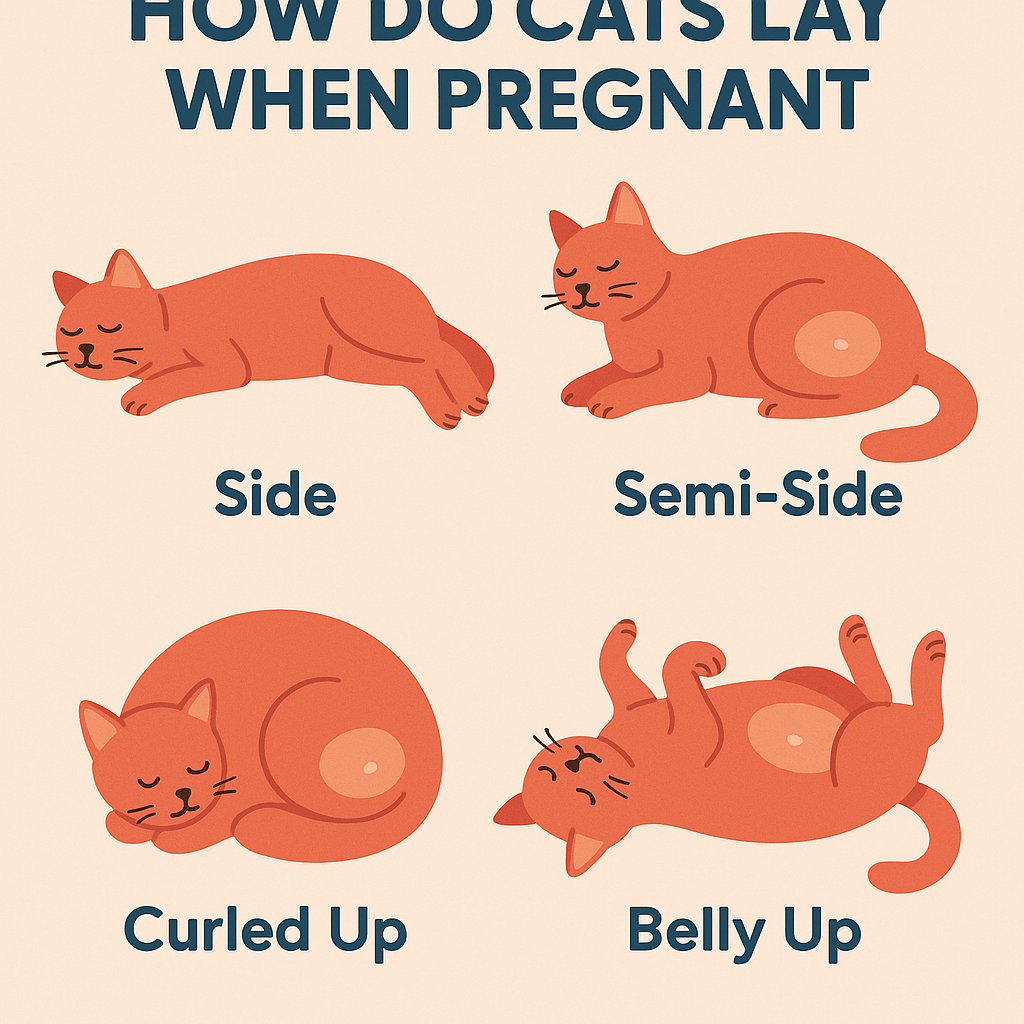
Signs That Your Pregnant Cat Is Comfortable
A comfortable pregnant cat will display certain behaviors and preferences when choosing where and how to lay. Recognizing these signs ensures you’re meeting her needs effectively.
Choosing Warm Spots:
Pregnant cats gravitate toward warm areas, such as sunny patches or heated pads, to regulate their body temperature and prepare for nursing.Seeking Privacy:
Many expectant cats prefer quiet, secluded spaces where they can rest without disturbances. This reflects their instinct to protect their litter.Frequent Position Changes:
A comfortable cat will shift positions regularly to relieve pressure points and maintain circulation.Relaxed Facial Expressions:
Watch for relaxed ears, half-closed eyes, and slow blinking—these indicate contentment and ease.Resting Near You:
If your cat chooses to nap close to you, it’s a sign she feels safe and trusts you during this vulnerable time.
By paying attention to these indicators, you can better understand your cat’s comfort levels and make adjustments to enhance her well-being.
Check this guide 👉Understanding Cat Pregnancy Tests: Best 7 Expert Tips!
Check this guide 👉Pregnant Cat Behavior: Best 7 Expert Tips!
Check this guide 👉Can Cats Get Pregnant While Nursing? Best 7 Expert Tips!
Comfort Signs in Pregnant Cats | Red Flags to Watch For |
|---|---|
Prefers warm and cozy spots | Excessive panting or labored breathing |
Rests near trusted humans | Refusal to eat or drink |
Frequent position changes | Visible distress or agitation |
Relaxed facial expressions | Swollen nipples or discharge (unusual) |
Seeks privacy for nesting | Lethargy or inability to get comfortable |
Ways to Support Your Pregnant Cat’s Rest
Providing a supportive environment is essential for ensuring your pregnant cat feels safe and comfortable. Here are practical steps you can take to help her rest peacefully:
Create a Cozy Nesting Area:
Set up a soft, enclosed space filled with blankets or towels where your cat can retreat and feel secure.Maintain a Quiet Environment:
Minimize noise and disruptions in areas where your cat likes to rest, particularly as her due date approaches.Offer Multiple Resting Options:
Provide different spots around the house so your cat can choose based on her mood and comfort level.Keep Her Warm:
Use heated pet beds or place her nesting area near a source of gentle warmth, like sunlight or a low-wattage heating pad.Monitor Her Health Regularly:
Schedule vet check-ups to ensure her pregnancy is progressing normally and address any issues promptly.
By taking these measures, you can create an ideal setting for your cat to relax and prepare for motherhood.
What to Avoid When Observing Your Pregnant Cat
While monitoring your cat’s behavior is important, there are certain actions you should avoid to prevent unnecessary stress or harm. Here’s what to keep in mind:
Don’t Disturb Her Frequently:
Constantly checking on your cat can disrupt her rest and cause anxiety. Give her space unless something seems amiss.Avoid Handling Her Too Much:
Excessive handling, especially near her abdomen, can be uncomfortable and stressful for your pregnant cat.Don’t Force Her Into Specific Positions:
Let your cat decide how she wants to lay; forcing her into unfamiliar poses can cause discomfort or injury.Ignore Myths About Pregnancy Behavior:
Misinformation about pregnant cats can lead to unnecessary worry. Focus on facts rather than unfounded beliefs.Avoid Overfeeding Early On:
While nutrition is critical, overfeeding early in pregnancy can harm both the mother and her kittens. Follow your vet’s dietary recommendations closely.
By avoiding these pitfalls, you can ensure your cat’s pregnancy remains stress-free and healthy.
How to Tell If Your Pregnant Cat Is in Pain
Recognizing signs of pain or discomfort in a pregnant cat is crucial for addressing potential issues quickly. Keep an eye out for these indicators:
Excessive Vocalization:
Unusual meowing or crying could indicate discomfort or pain.Lethargy or Weakness:
A sudden lack of energy may suggest underlying health problems requiring immediate attention.Difficulty Moving or Standing Up:
Struggling to move or stand after resting can point to joint or muscle strain.Loss of Appetite:
Refusing food or water is a red flag that warrants a vet visit.Aggressive Behavior:
If your normally docile cat becomes unusually aggressive, it may be due to pain or stress.
Early detection of these symptoms ensures timely intervention and keeps your cat healthy throughout her pregnancy.
Preparing for Labor and Delivery
As your cat nears labor, her laying habits and overall behavior will change significantly. Being prepared can help you support her during delivery.
Watch for Nesting Urges:
Increased nesting activity signals that labor is approaching. Ensure her nesting area is clean and ready.Look for Physical Changes:
Dropped body temperature and enlarged mammary glands are signs that birth is imminent.Know the Stages of Labor:
Familiarize yourself with active labor signs, such as contractions and vocalizations, to identify when assistance might be needed.Have Emergency Contacts Ready:
Keep your vet’s number handy in case complications arise during delivery.Stay Calm and Observant:
Your calm presence reassures your cat and allows you to respond appropriately if anything goes wrong.
Preparation is key to ensuring a smooth delivery process for your cat and her kittens.
Post-Pregnancy Care for Mom and Kittens
After giving birth, your cat will need extra care to recover and bond with her kittens. Supporting her recovery is vital for her long-term health.
Provide Nutritious Food:
High-quality kitten food or specially formulated diets support lactation and replenish nutrients lost during pregnancy.Keep the Nest Clean:
Regularly clean bedding and remove waste to prevent infections and maintain hygiene.Limit Human Interaction Initially:
Allow mom and kittens uninterrupted bonding time to establish feeding routines and build trust.Monitor for Postpartum Issues:
Watch for signs of infection, excessive bleeding, or refusal to care for kittens, which require urgent veterinary care.Gradually Resume Normal Activities:
Once your cat has recovered, reintroduce playtime and regular interactions to restore her routine.
Proper post-pregnancy care ensures both mother and kittens thrive during this critical period.
Frequently Asked Questions About Pregnant Cats’ Behavior
Why does my pregnant cat sleep so much?
Increased sleep is normal as her body works hard to nurture developing kittens.
Is it okay if my cat lays on her back while pregnant?
Yes, though less common, some cats find this position comfortable. Monitor for any signs of distress.
Should I wake my cat if she sleeps all day?
No, let her rest unless she shows other concerning symptoms like lethargy or loss of appetite.
Can I touch my cat’s belly to feel the kittens?
Avoid touching her belly, as it can cause stress or discomfort. Leave examinations to your vet.
What should I do if my cat seems restless at night?
Provide calming activities earlier in the evening and ensure her nesting area is comfortable and secure.
Ensuring a Happy and Healthy Pregnancy for Your Cat
Understanding how cats lay when pregnant offers valuable insight into their physical and emotional needs during this transformative phase. By observing their behavior, providing a nurturing environment, and staying vigilant for potential issues, you can help your feline companion navigate pregnancy with ease. Remember, every cat is unique, so tailor your approach to suit her personality and preferences. With patience, care, and preparation, you’ll set the stage for a joyful arrival of her little ones—and strengthen the bond you share along the way.
Is the Rubber Tree Cat Safe? Best 7 Expert Tips! Discover expert advice on keeping rubber plants safely in cat-friendly homes and learn top tips for pet-safe plant care.
Low Red Blood Cell Count in Cats: Best 7 Expert Tips! Discover causes, symptoms, and treatment options for feline anemia. Learn how to support your cat’s health effectively with expert advice.
Understanding Megacolon Treatment: Best 7 Expert Tips! Discover effective strategies to manage feline megacolon, from dietary changes to surgical options, ensuring your cat’s comfort and long-term health.
How to Register a Therapy Cat: Best 7 Expert Tips! Discover essential steps to certify your cat as a therapy animal, prepare them for training, and make a meaningful impact in therapeutic settings.

